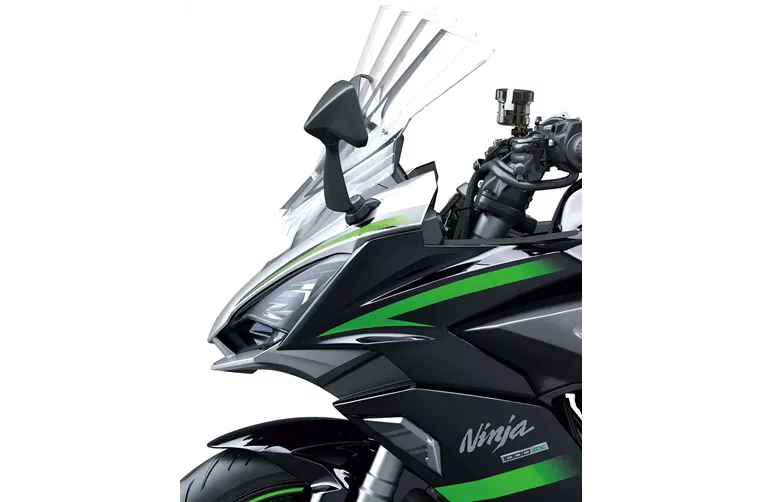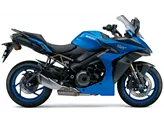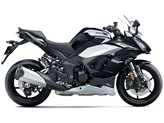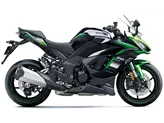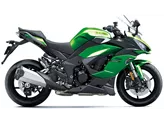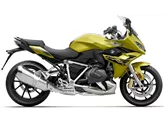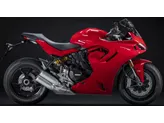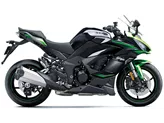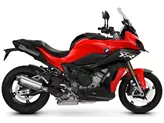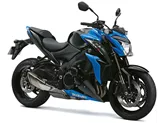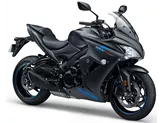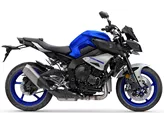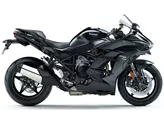Kawasaki Ninja 1000SX 2020 vs. Kawasaki Z1000SX 2017
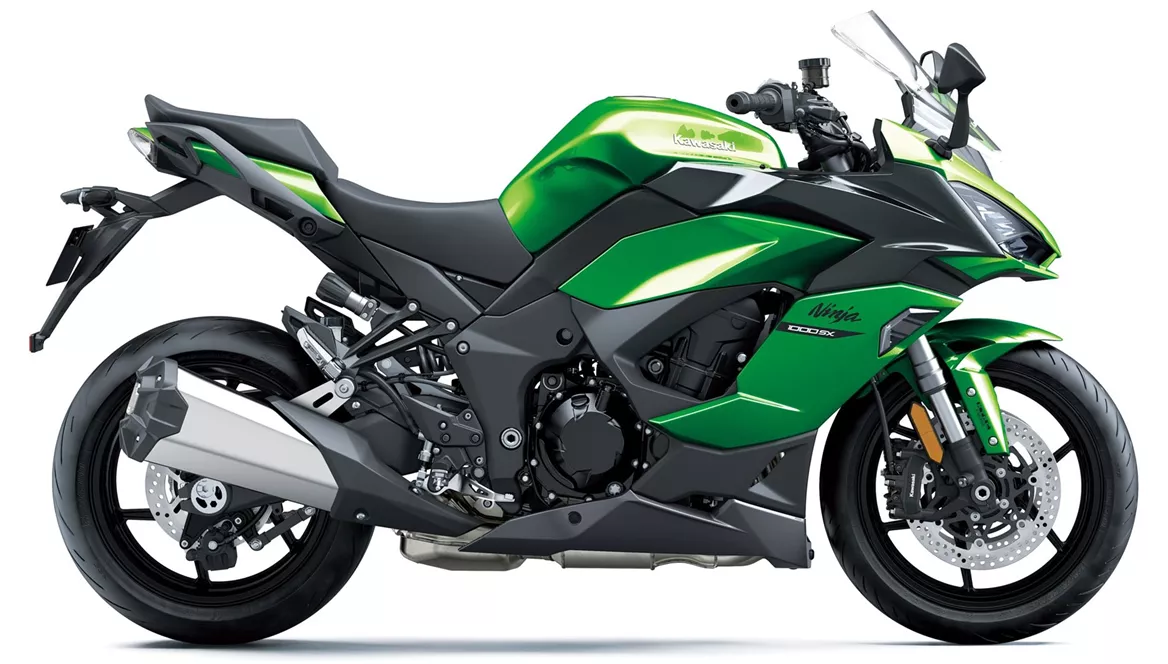
Kawasaki Ninja 1000SX 2020

Kawasaki Z1000SX 2017
Overview - Kawasaki Ninja 1000SX 2020 vs Kawasaki Z1000SX 2017
When comparing the Kawasaki Ninja 1000SX 2020 and the Kawasaki Z1000SX 2017, it is clear that both models share many similarities in terms of technical specifications. They both have an inline engine with 142 HP of power and 111 Nm of torque. The transmission is also the same, with a chain drive system. Both models have four cylinders and a displacement of 1043cc.
In terms of suspension, both motorcycles feature upside-down telescopic forks in the front with a travel of 120mm. The rear suspension consists of a swing arm with a monoshock and a travel of 144mm. Both models also offer compression, preload, and rebound adjustments for the suspension.
The chassis of both motorcycles is made of aluminum, providing a lightweight and sturdy frame. The front brakes are double disc with a diameter of 300mm and utilize radial, monoblock, and petal technology. The brand of the front brakes is Tokico. Both models also have ABS and traction control as advanced rider assistance systems.
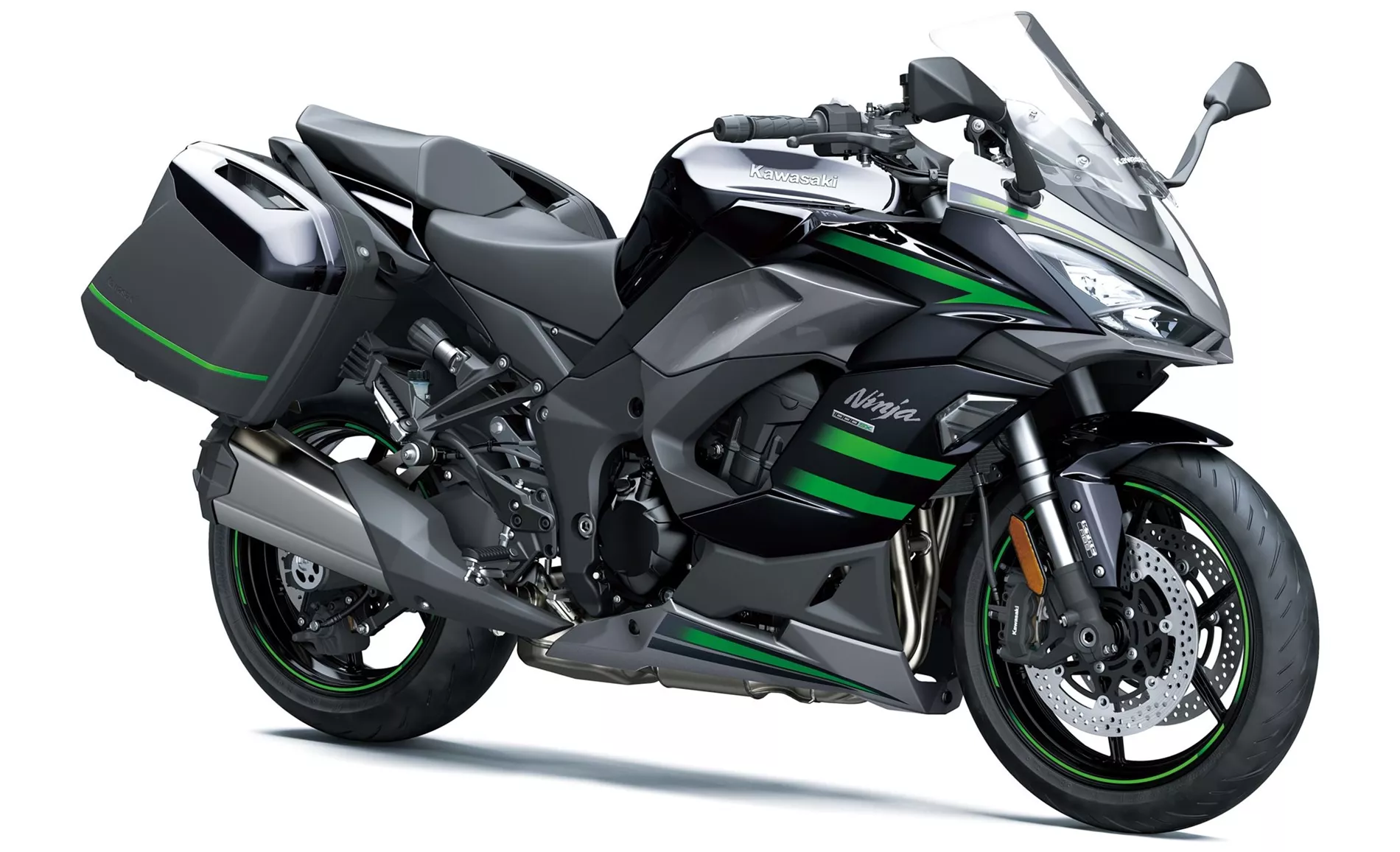
Kawasaki Ninja 1000SX 2020
When it comes to dimensions and weights, the front and rear tire widths and diameters are the same for both models. They both have a wheelbase of 1440mm and a fuel tank capacity of 19 liters. However, there is a slight difference in seat height, with the Ninja 1000SX having a seat height of 834.98mm compared to the Z1000SX's seat height of 815mm.
Now let's discuss the strengths and weaknesses of each model. The Kawasaki Ninja 1000SX 2020 has several strengths. It has a refined and powerful engine, providing a thrilling riding experience. The handling is well-balanced, and the chassis offers a comfortable ride. The seating position is also comfortable enough for long rides. In terms of aesthetics, the Ninja 1000SX has a modern look with LED lights all around. The inclusion of a color TFT display and standard cruise control adds to the overall appeal of the motorcycle.

Kawasaki Z1000SX 2017
On the other hand, the Kawasaki Z1000SX 2017 also has its strengths. It has a great tuned engine that delivers high performance. The brakes are strong, providing excellent stopping power. The Z1000SX is known for its easy drivability, making it suitable for riders of different skill levels.
In terms of weaknesses, the Ninja 1000SX 2020 has a minor drawback. The windshield can be adjusted, but it requires both hands and cannot be done easily on the go. As for the Z1000SX 2017, it is sensitive to tire choice, which means that selecting the right tires for optimal performance can be crucial.
In conclusion, both the Kawasaki Ninja 1000SX 2020 and the Kawasaki Z1000SX 2017 offer impressive performance and features. The Ninja 1000SX stands out with its refined engine, comfortable chassis, and modern looks, while the Z1000SX excels in its tuned engine and easy drivability. Ultimately, the choice between the two models will depend on individual preferences and priorities.
Technical Specifications Kawasaki Ninja 1000SX 2020 compared to Kawasaki Z1000SX 2017
Pros and Cons in comparison
Pros and Cons in comparison
Kawasaki Ninja 1000SX 2020
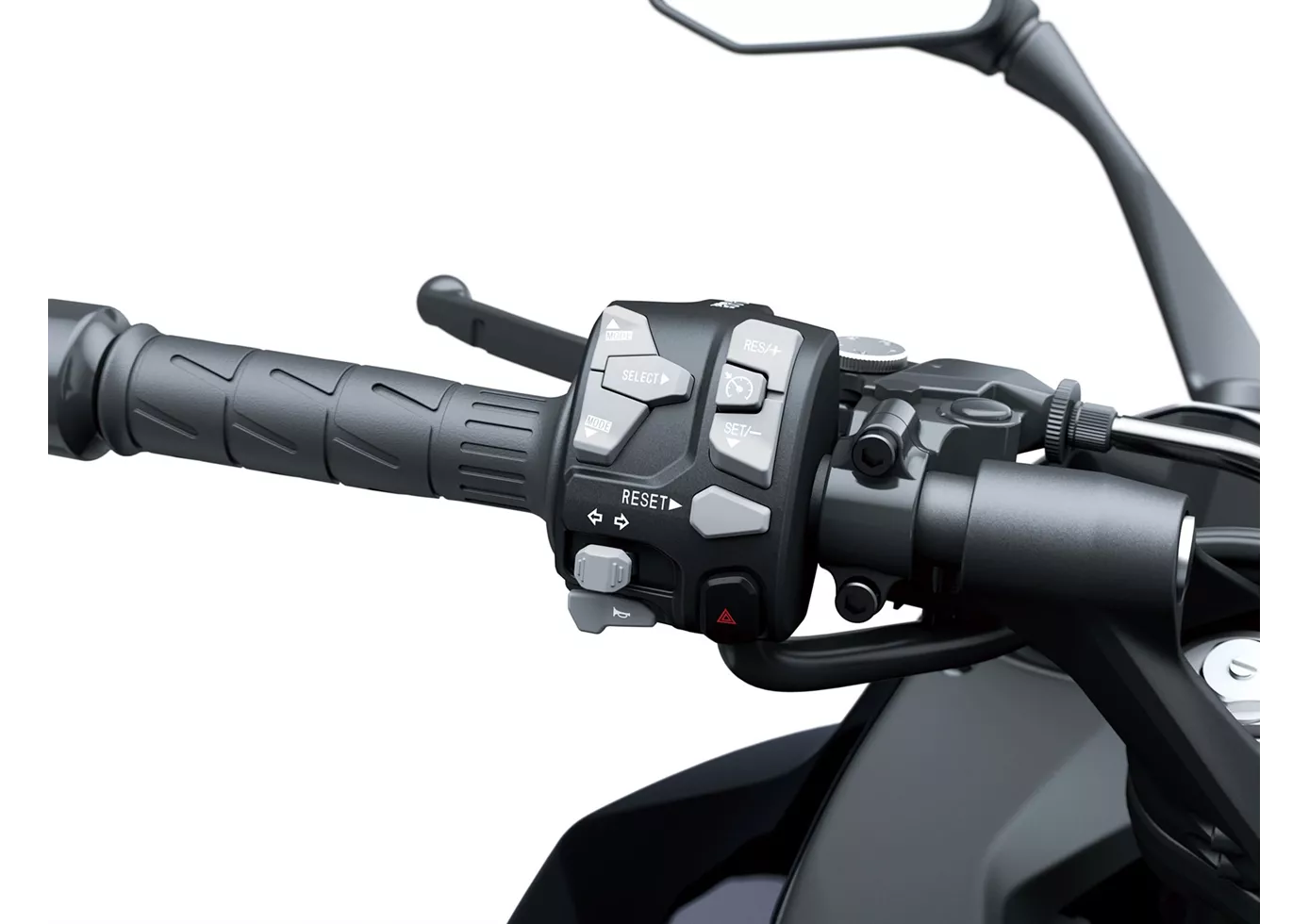
The Kawasaki Ninja 1000SX is more evolution than revolution - but what is the point of reinventing everything in a balanced sports tourer? But the new name is definitely justified, with the many new features made possible by the Ride-by-Wire system, among others, the sports tourer is absolutely up to date. Cornering ABS, modern traction control and riding modes provide safety and adjustment options to personal preferences, the shift assistant favours sport as well as touring. What's more, the price is hot (at least in Austria)!
Kawasaki Z1000SX 2017

Kawasaki's Z1000SX is a harmonious motorbike. Brakes, engine and chassis are all in good order. The look is a bit aggressive, but the bike is easy and transparent to ride.
Price Comparison Avarage Market Price Kawasaki Ninja 1000SX vs Kawasaki Z1000SX
There are a few key differences between a Kawasaki Ninja 1000SX 2020 and a Kawasaki Z1000SX 2017. There are the same number of bikes of both models available on the 1000PS.de marketplace, specifically 10. It takes less time to sell a Kawasaki Ninja 1000SX with 83 days compared to 103 days for a Kawasaki Z1000SX. Since model year 2020 1000PS.de editors have written 13 reviews for the Kawasaki Ninja 1000SX and 14 reviews for the Kawasaki Z1000SX since model year 2011. The first review for the Kawasaki Ninja 1000SX was published on 11/5/2019 and now has more than 40,500 views. This compares to more than 9,900 views for the first review on Kawasaki Z1000SX published on 10/5/2010.
